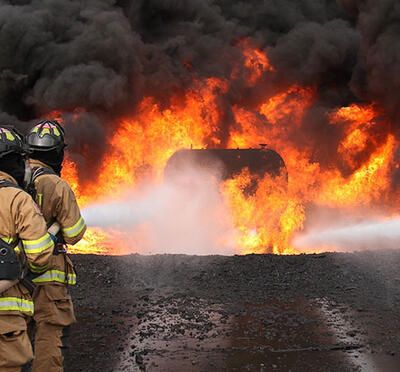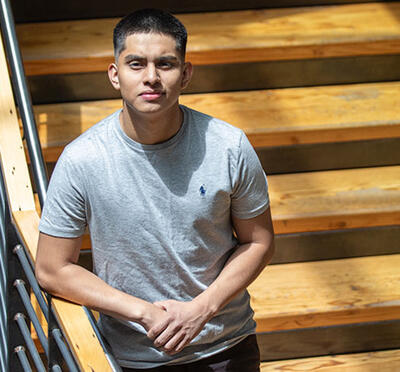When Jai Kim (’59 B.S. and ’60 M.S., Civil Engineering) got on a cargo ship from South Korea to San Francisco in 1955, he had $150 in his pocket (the equivalent of about $1,400 today) and barely spoke English. He’d been admitted to a school in Texas, where he planned to study engineering. But he discovered, while making the voyage, that the Texas school didn’t have an engineering program. Rather than give up on his dream, he decided to make his way to Corvallis and see about attending Oregon State University.
Although Kim had not yet been admitted to Oregon State, it was one of the few schools that had replied to his inquiries. So, he took the train from San Francisco to Albany, Oregon — then hitchhiked the rest of the way. Once he arrived, he managed to connect with one of the few other Korean students on campus and was directed to the registrar’s office. Kim ended up getting a scholarship for his tuition, and he found a job in the cafeteria to pay his room and board.
“My professors and the other students helped me tremendously in those early days,” Kim said. “There were a lot of words I didn’t know, so I asked a lot of questions. Everyone was very patient and helpful.”
Harold “Hal” Pritchett (’57 B.S. and ’61 M.S., Civil Engineering), an emeritus faculty member who was instrumental in founding Oregon State’s construction engineering management program in 1969, remembers Kim.
“Jai was very friendly and assimilated into the school culture well,” said Pritchett, who took classes with Kim and was later an instructor for one of his classes. “We studied together and became good friends.”
LAYING A FOUNDATION AT OREGON STATE
Despite the language hurdles, Kim graduated with a degree in civil engineering in 1959. He was set to head back to Korea when one of his professors, Tom McClellan, suggested he stay on to complete a master’s degree.
“I told him my grades weren’t good enough, and he said not to worry,” Kim said.
While attending graduate school, Kim met his soon-to-be-wife, Yung Hong, also from Korea, who was studying pharmacy at Oregon State. When he finished his master’s, they moved to Maryland for Kim’s doctoral fellowship at the University of Maryland, College Park. Kim also worked for the District of Columbia Department of Transportation to help support his growing family, which soon included two children.
“Oregon State is my foundation,” Kim said. “I owe everything to the school, and to Professor McClellan and the other professors who took an interest in me and helped me succeed. I wouldn’t have met my wife, and I wouldn’t be living in the U.S. right now, if it wasn’t for them.”
After finishing his doctorate in 1965, Kim landed a job teaching engineering at Bucknell University, a liberal arts college in central Pennsylvania, where he started as an assistant professor. Within 10 years, he was chair of the Civil and Environmental Engineering Department, a position he held until 2002. Although he retired in 2009, he maintains an office at the university as professor emeritus.
During his tenure, he received the Lindback Foundation Award for Distinguished Teaching, and his former students created the Jai Kim Engineering Scholarship and the Jai Kim Prize for Outstanding Civil Engineering Graduate.
“I am incredibly honored to be recognized by my former students in this way,” he said.
RESTORING HISTORIC BRIDGES
Kim’s work isn’t all academic. His affinity for repairing and maintaining metal truss bridges has led to teaching, research, consulting, and presenting seminars across the country. He has co-authored two books, and he secured a patent for the rehabilitation of steel truss bridges by means of reinforcing arches, a method now used by engineers across the country. His designs can be seen on bridges in the Northeast from Pennsylvania to Virginia, and West of the Rockies: in Oregon, Idaho, Montana, and elsewhere. He has also served as a structural engineer for the Federal Highway Administration.
“Young engineers tend to disregard old infrastructure,” Kim said. “I don’t just want to teach them how to build with the latest materials, using modern design techniques — I also want to teach them how to appreciate and preserve our history, and extend the life of older metal truss bridges, with a focus on safety and cost-effectiveness.”
His latest book, “Simplified LRFD Bridge Design,” encapsulates these timeless values. One of his earlier works, “Timber Design for the Civil and Structural PE Exams,” is now in its seventh edition.



